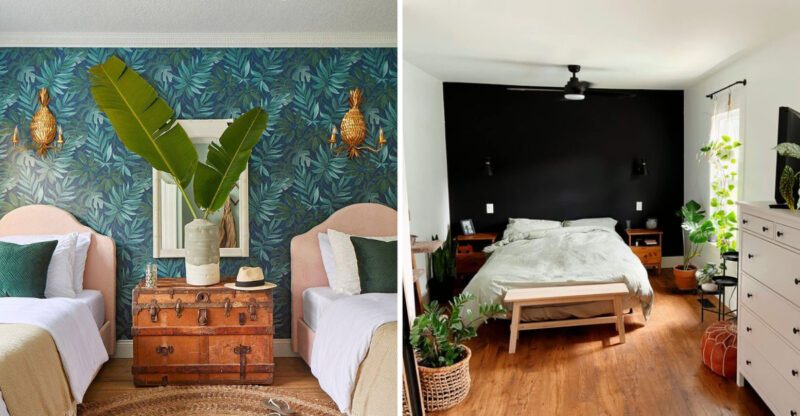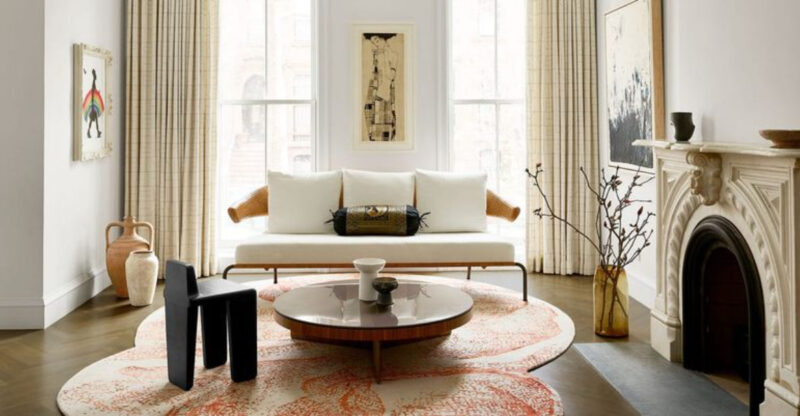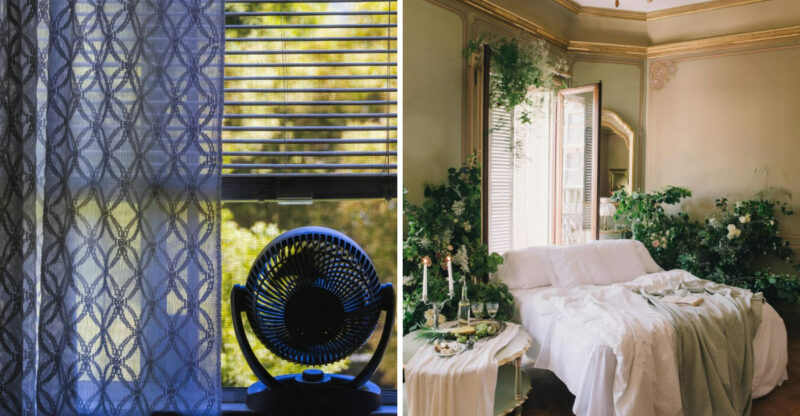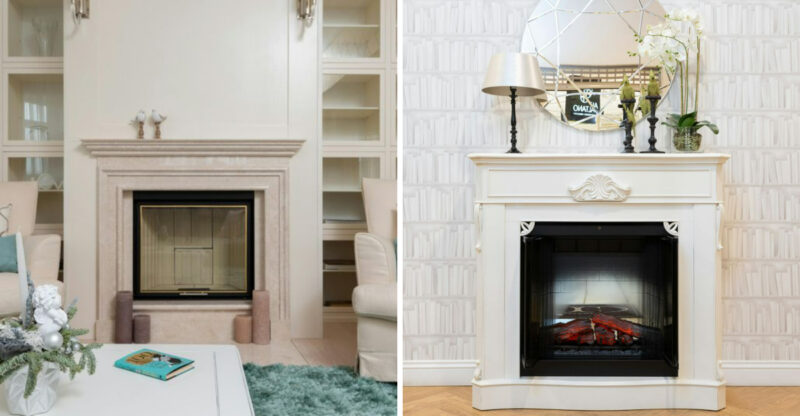A Look At 6 Flooring Trends Making A Comeback
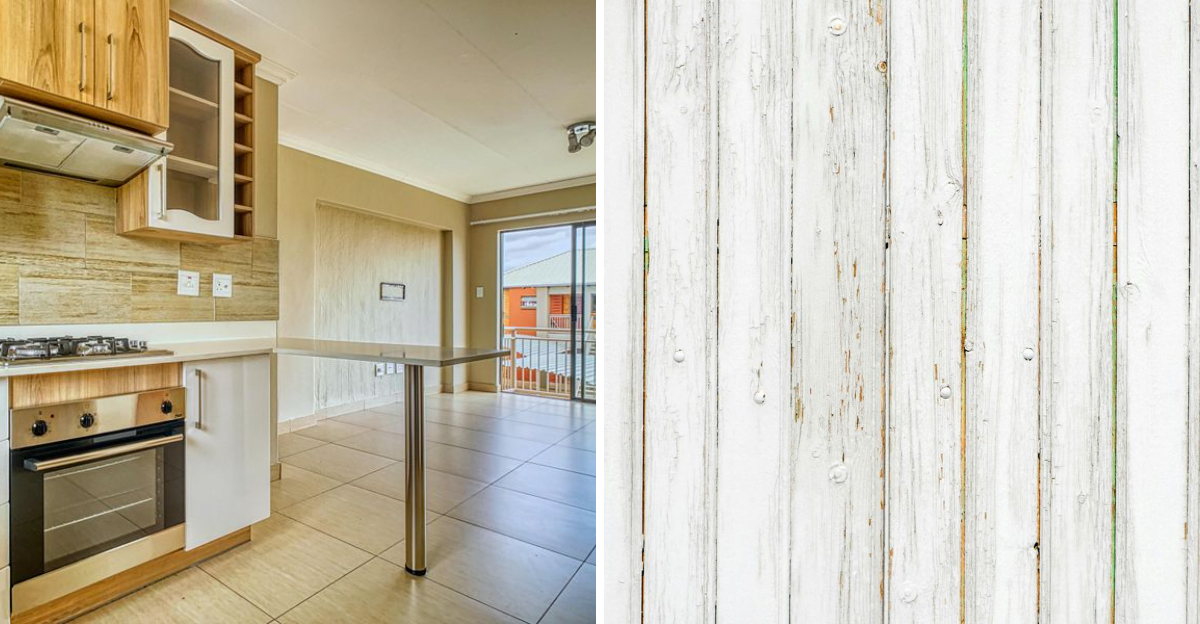
Remember those flooring styles your grandparents had? They’re now back in style! Home design often cycles through trends, bringing back classic looks with modern twists.
Homeowners are rediscovering the charm and character of vintage flooring options that add personality to living spaces. Let’s explore seven flooring trends that are stepping back into the spotlight and winning hearts all over again.
Trends can vary by region and personal preference; consider your own needs before making design choices.
1. Terrazzo Floors Sparkle Again
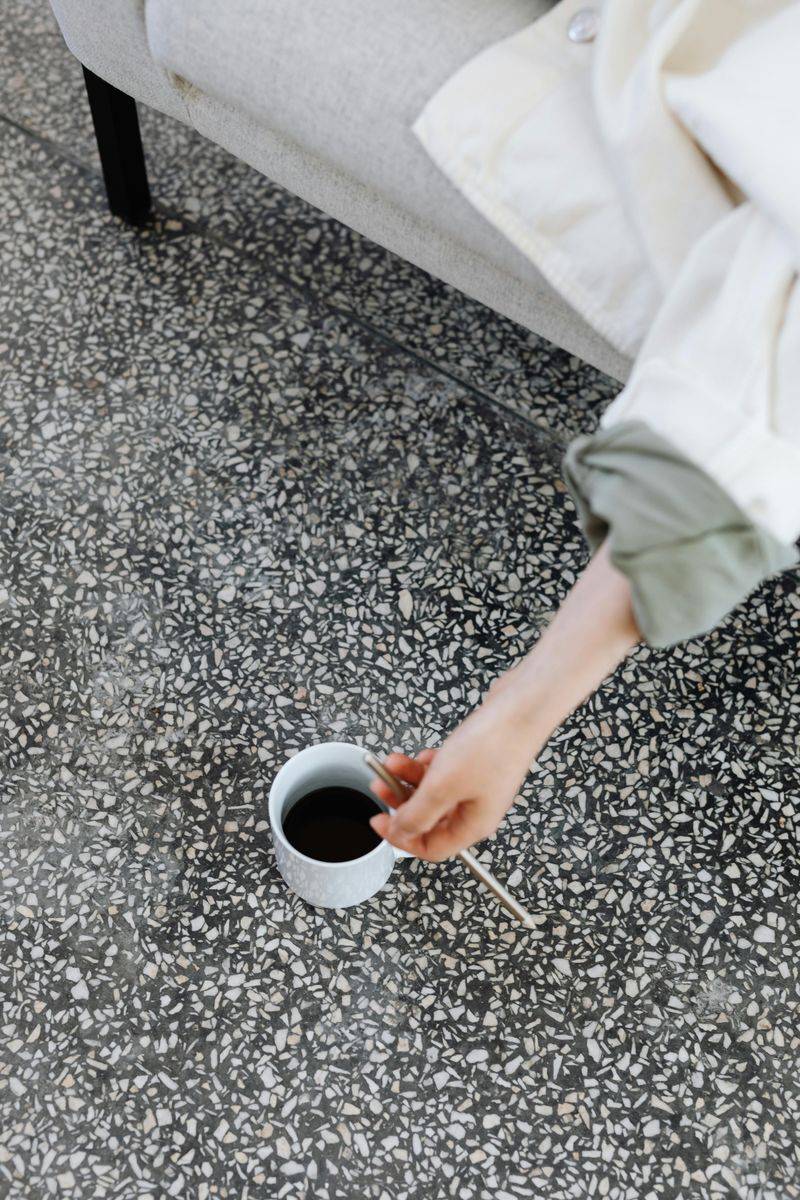
Speckled with colorful chips of marble, quartz, and glass, terrazzo flooring brings playful elegance to modern homes. This Italian-inspired material was hugely popular in mid-century buildings but faded from fashion in the 1970s.
Today’s terrazzo comes in more colors and larger aggregate sizes than ever before. Homeowners love its durability and how each installation creates a one-of-a-kind pattern.
Modern manufacturing techniques have made terrazzo more affordable and easier to install. You can even find terrazzo-inspired tiles and vinyl options that give the look without the hefty price tag of traditional poured terrazzo.
2. Cork Underfoot Makes Waves
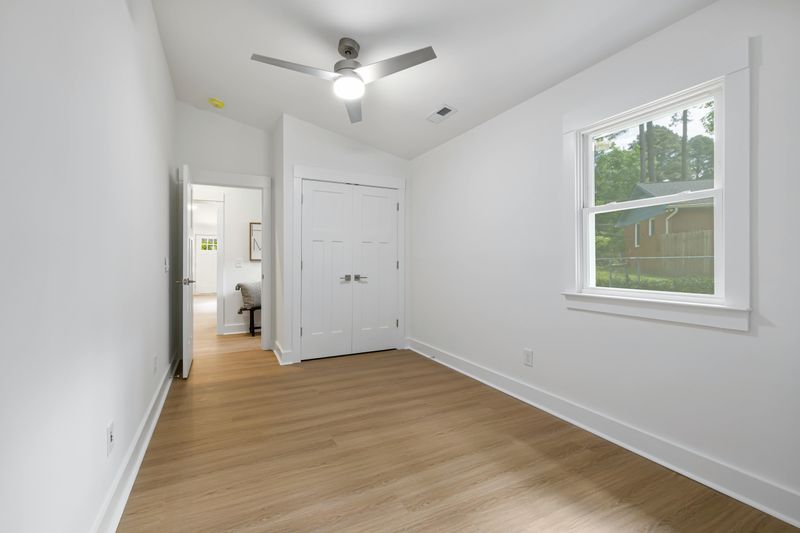
Harvested from the bark of cork oak trees without harming them, cork flooring offers an eco-friendly option that’s gentle on your joints. Popular in the 1960s, cork is bouncing back thanks to growing interest in sustainable building materials.
The natural warmth and cushiony feel make cork ideal for kitchens where you stand for long periods. Its cellular structure traps air, providing natural insulation against both cold and noise.
Available in tiles, planks, and sheets, today’s cork comes in various colors and patterns. The material naturally resists mold and mildew, making it perfect for allergy sufferers seeking healthier home environments.
3. Parquet Patterns Return To Form

Those geometric wood patterns that graced fancy homes in the 1960s are making a stylish comeback! Parquet flooring creates visual interest through interlocking wood pieces arranged in repeating patterns like herringbone, chevron, or basketweave.
Originally a symbol of luxury craftsmanship, parquet fell out of favor when wall-to-wall carpeting took over. Now designers are embracing these intricate patterns again, especially in entryways and formal living spaces.
Modern manufacturing makes parquet more affordable and easier to install than traditional hand-laid versions. Many homeowners choose engineered parquet tiles that click together, offering the classic look with modern convenience.
4. Linoleum Gets A Fresh Spin
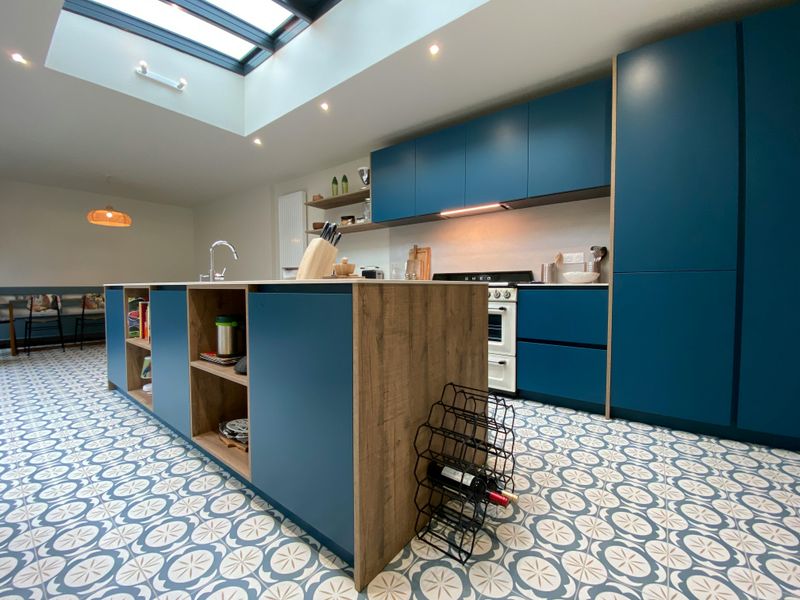
Made from natural materials like linseed oil, cork dust, and wood flour, linoleum was the kitchen flooring of choice for decades before vinyl took over. Now this eco-friendly option is experiencing renewed interest among environmentally conscious homeowners.
Unlike its vinyl cousin, true linoleum contains no harmful VOCs and actually becomes stronger over time. The color runs throughout the material rather than sitting on top, meaning scratches don’t show as easily.
Today’s linoleum comes in vibrant colors and patterns far beyond the speckled look many remember from grandma’s kitchen. Its natural antimicrobial properties make it smart for bathrooms and children’s rooms too.
5. Painted Wood Floors Add Character
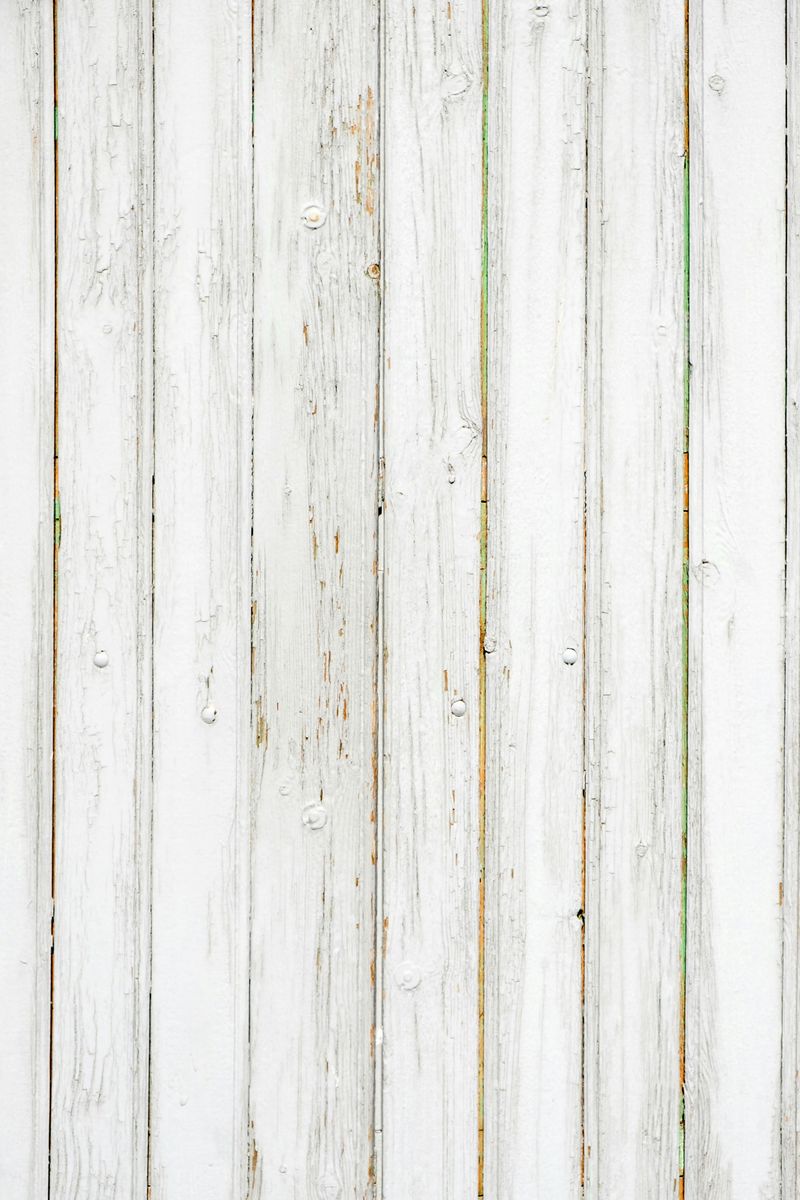
Before wall-to-wall carpeting became the rage, many homeowners painted their wood floors with decorative patterns or solid colors. This charming tradition is finding new fans who appreciate its customizable, budget-friendly appeal.
From classic checkerboard patterns to stenciled designs, painted floors allow for personal expression while hiding imperfections in older wood. White or light gray painted floors can brighten dark rooms and create a breezy, coastal feel.
Modern floor paints are far more durable than their ancestors, with special formulations designed to withstand foot traffic. Many homeowners combine painting with distressing techniques to create an instantly aged, farmhouse look that embraces wear rather than hiding it.
6. Large-Format Tiles Expand Possibilities
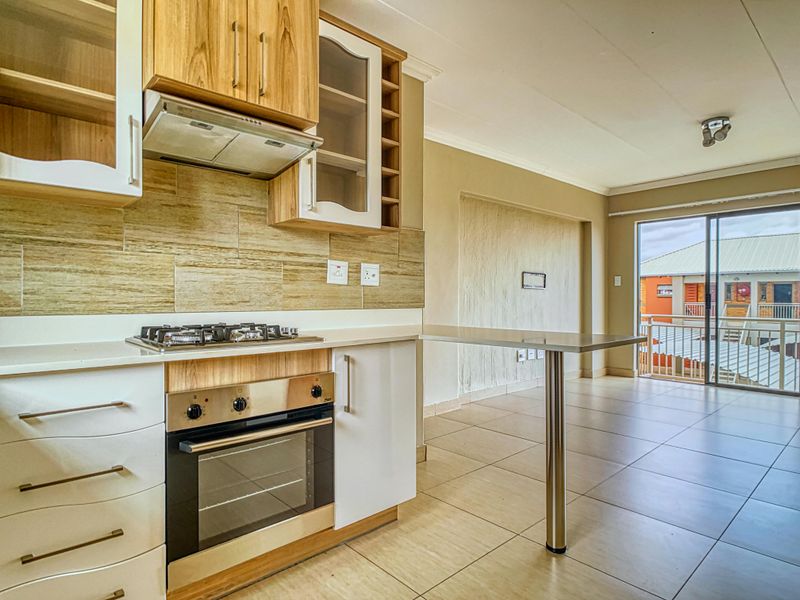
Oversized ceramic and porcelain tiles are actually a throwback to the grand marble slabs used in ancient Roman buildings. After decades of 12×12 squares dominating the market, these massive tiles (some measuring 48×48 inches or larger) are creating dramatic, nearly seamless floors.
Fewer grout lines mean easier cleaning and a more spacious appearance. Advanced printing technology allows these giant tiles to perfectly mimic expensive materials like marble and exotic wood at a fraction of the cost.
Installation requires skilled professionals and perfectly level subfloors, but the results can transform ordinary rooms into luxurious spaces. Many large-format tiles can extend from floor to wall, creating striking visual continuity throughout the home.

